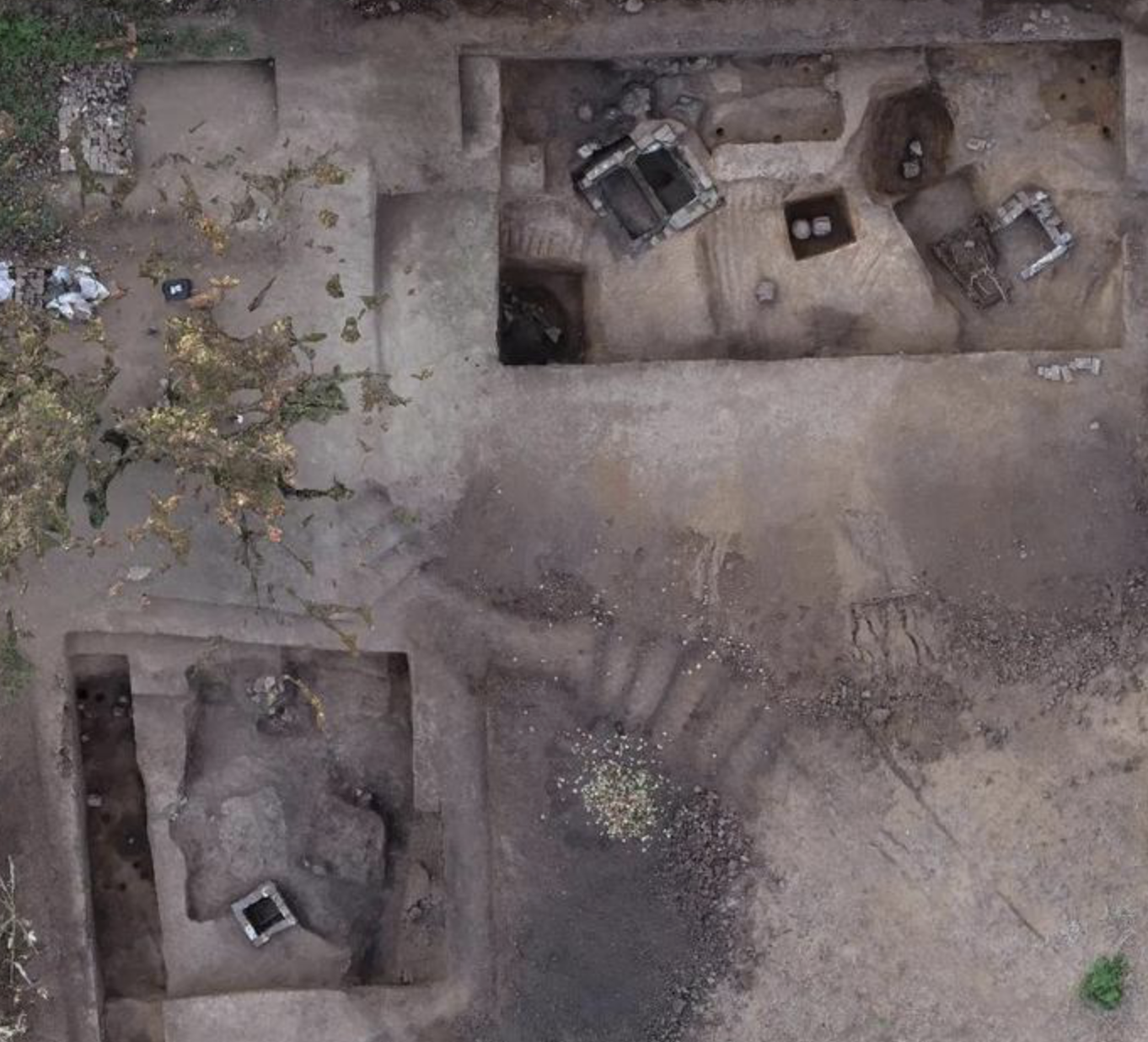Large Han-Wei dynasties settlement discovered in Heilongjiang Province

Photo: Screenshot from website
A large-scale burial settlement that includes tombs dating to the Han (206BC-AD220) and Wei (220-265) dynasties was recently discovered in Hailin, Northeast China’s Heilongjiang Province.
The large-scale settlement covers an area of more than 120,000 square meters.
A total of four tombs dating back to the Han to Wei dynasties were excavated, while another five tombs were found to have been built during the Ming (1368-1644) and Qing (1644-1911) dynasties.
Lu Zhaojun, an archaeologist in Beijing, told the Global Times that there are various reasons why tombs of different times can be found in one cluster such as “ancient people’s belief in cultural continuity and the burial place’s geographic conditions.”
“A certain burial place can be chosen since people’s spiritual and religious beliefs were similar regardless of what time they were from. Also, certain locations may have been favored for their good conditions, for example, a place that has good defense,” Lu emphasized.
The remain of millet hulls were also discovered in tomb pits from the Han and Wei dynasties. Wei Mingjiang, an archaeologist on the project, said, noting that such discoveries indicate that “ancient people of the two historical periods may have consumed food like millet and also beans as their staple foods.”
The large-scale settlement was discovered inside a burial site that is called the Jiuchanggou site.
In April 2023, local villagers discovered ruins while they were leveling the land at the site. From July to October the same year, a series of rescue archaeological excavations were carried out at the Jiuchanggou site. Tombs and relics like pottery pots, bowls, stone shovels, mills and also obsidian rocks were also unearthed from the excavation.
“The Jiuchanggou site provides significant insight into the region’s ancient history and cultural development,” Lu noted, adding that these relics shed light on the region’s funeral customs.
